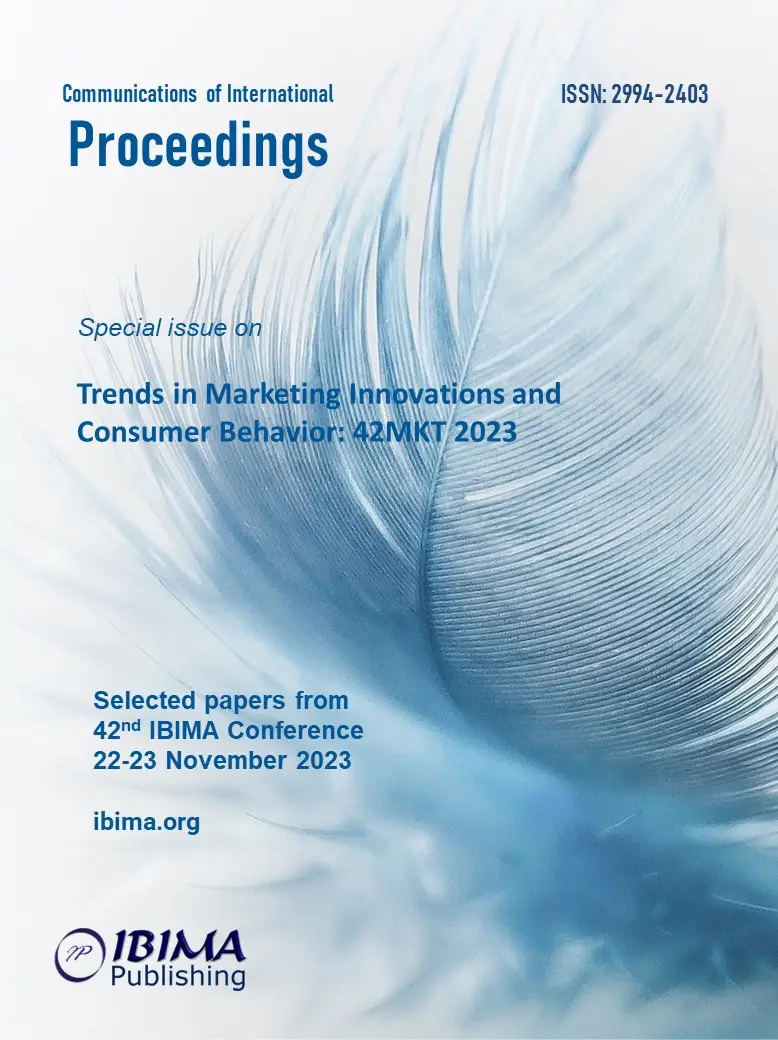
Jakub Michulek and Anna KRIZANOVA
University of Zilina, Faculty of operation and economics of transport and communication, Department of economics, Univerzitna 1/8215 Zilina, Slovak Republic

Intense rivalry today forces businesses and brands to strive for differentiation. Employing marketing strategies that can engage consumers is one way to differentiate yourself from your competitors. Sensory marketing is one way to achieve this. The main goal of the publication is to examine the influence of individual types of sensory marketing on the purchasing behaviour of consumers. Data was collected via online questionnaire. A total of 401 people completed the questionnaire. There were 27 questions on the survey. Pearson’s χ2 test was used in the study to determine the dependence of the investigated variables in contingency tables. The results demonstrated that the gender of the respondent has an effect on influencing the respondent if the product smells pleasant. Sight is the sense that affects the respondents the most. Subsequently, they were hearing, touch, smell, taste. If customers have the opportunity to taste the product, almost half of them are willing to buy it. The survey shows that up to 45% of respondents do not notice music while shopping. The uniqueness of the research lies in the examination of intellectual marketing and its individual components in terms of age or gender among a sample of respondents in the territory of the Slovak Republic. The limitations of the research can be categorized as the uneven age distribution of the research sample.